6 WAYS CLIMATE CHANGE AFFECTS TIGERS
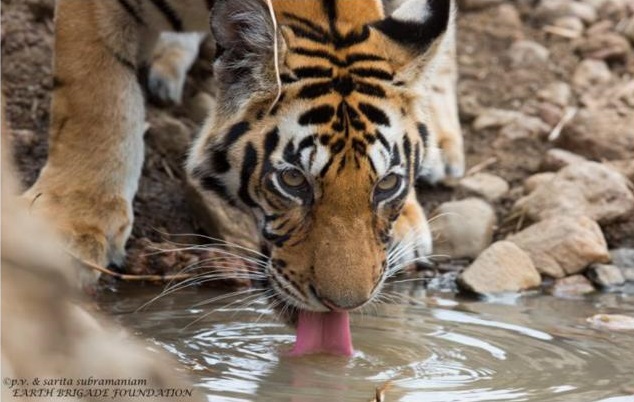
Over the last century, tigers have been under the threat of several human causes of endangerment, including poaching, habitat encroachment and deforestation. But in addition to these, the current trend of unchecked climate change poses an alarming threat to tiger conservation efforts and to the very lives of these majestic animals.
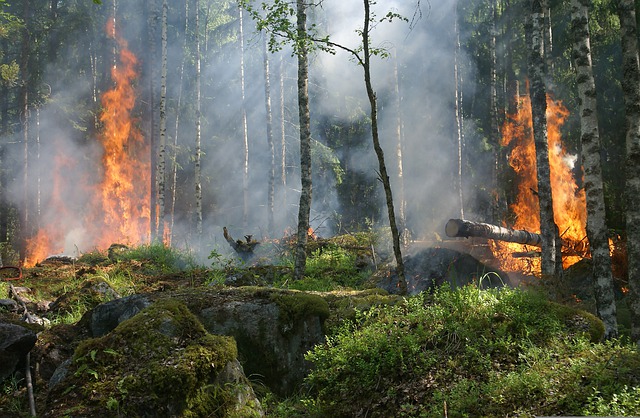
Forest Fires
As a result of rising temperatures, forest fires are increasing by the year. The (UNEP) warned in its annual Frontiers report that wildfires are now more dangerous as they affect larger areas. Uncontrollable forest fires cause devastation to people, biodiversity and ecosystems. There were 136,604 fire points in India from January 1 to March 31, 2022, according to the Forest Survey of India. The smoke from such fires puts tigers and other wildlife at risk of suffocation as well.
“What you do makes a difference, and you have to decide what kind of difference you want to make.“
-Jane Goodall
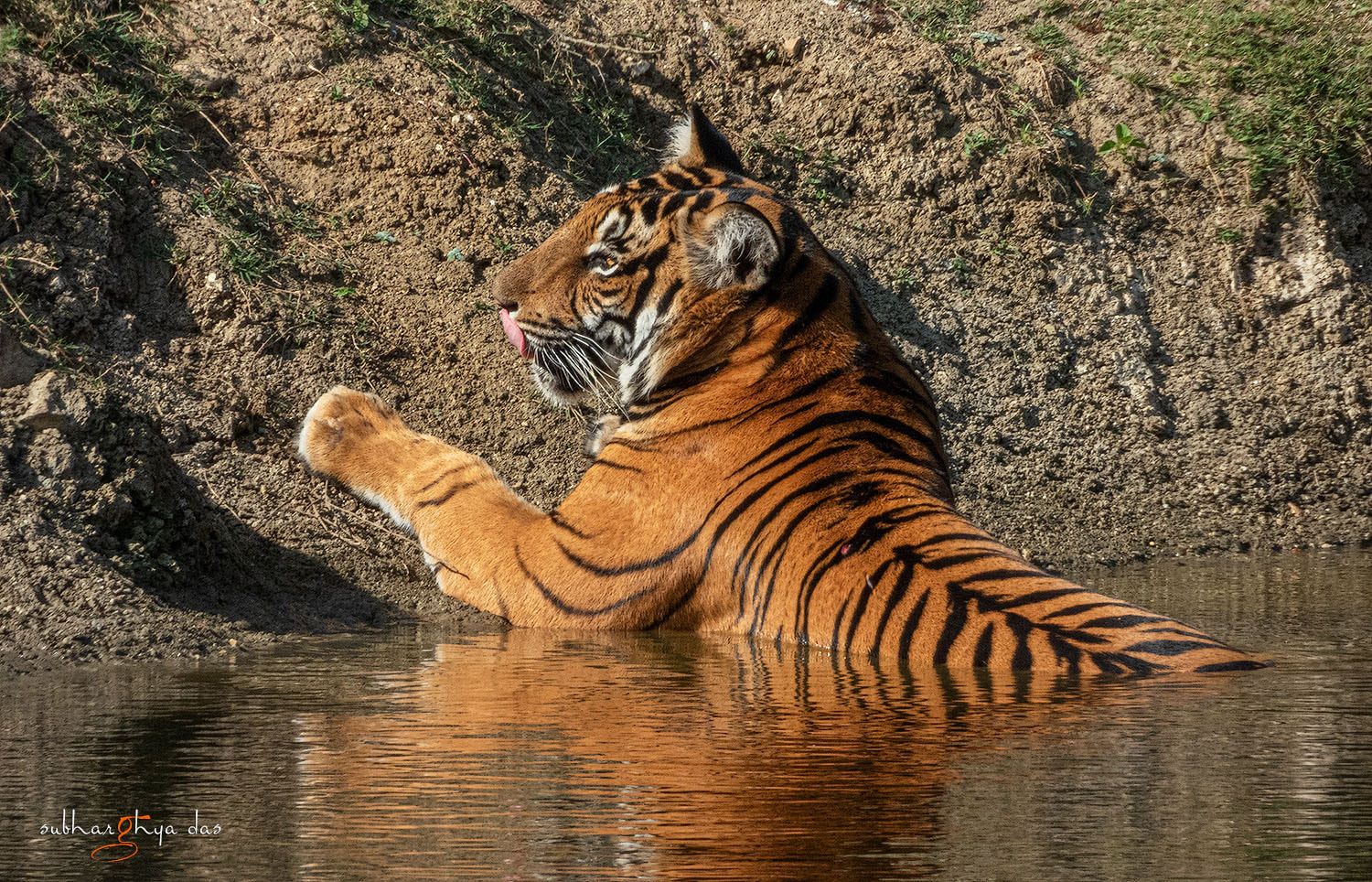
Drought
Big cats prefer to live around water bodies for water security and access to prey animals. Increasing droughts have led to tigers, leopards and other predators moving out of forest areas and into villages searching for water.
Our flagship wildlife conservation initiative, Project Aquarius, has helped install water pumps to ensure that wild animals have easy access to drinking water in forests. This also prevents them from venturing out of their territory.

Loss of Habitat
Home to half the world’s surviving tigers, India’s tiger population according to the 2018 Tiger Census is 2967, down from 40,000 a century ago.
The Sundarbans are home to the largest population of Bengal tigers in the world. Although teeming with rich biodiversity, rising sea levels and higher salt levels are killing the region’s Sundri trees, thus shrinking the tigers’ habitat and causing scarcity of fresh water.
This forces the tigers to higher grounds such as mountains in search of prey animals. Wildlife experts say tigers are being spotted more frequently in recent years at high altitudes in the country’s northeast and west.
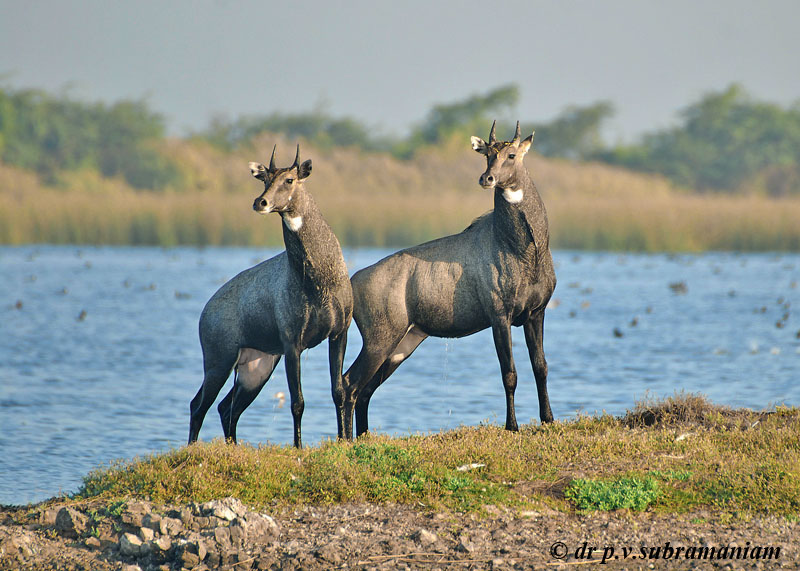
Depletion of Food Sources
Drastic changes in temperature are altering the habitat for Siberian tigers in Russia and China, as pine forests give way to fir and spruce trees. This means less prey for tigers that mainly hunt in pine forests. Fewer than 600 Siberian, or Amur, tigers remain, and they may possibly go extinct by the end of the century.
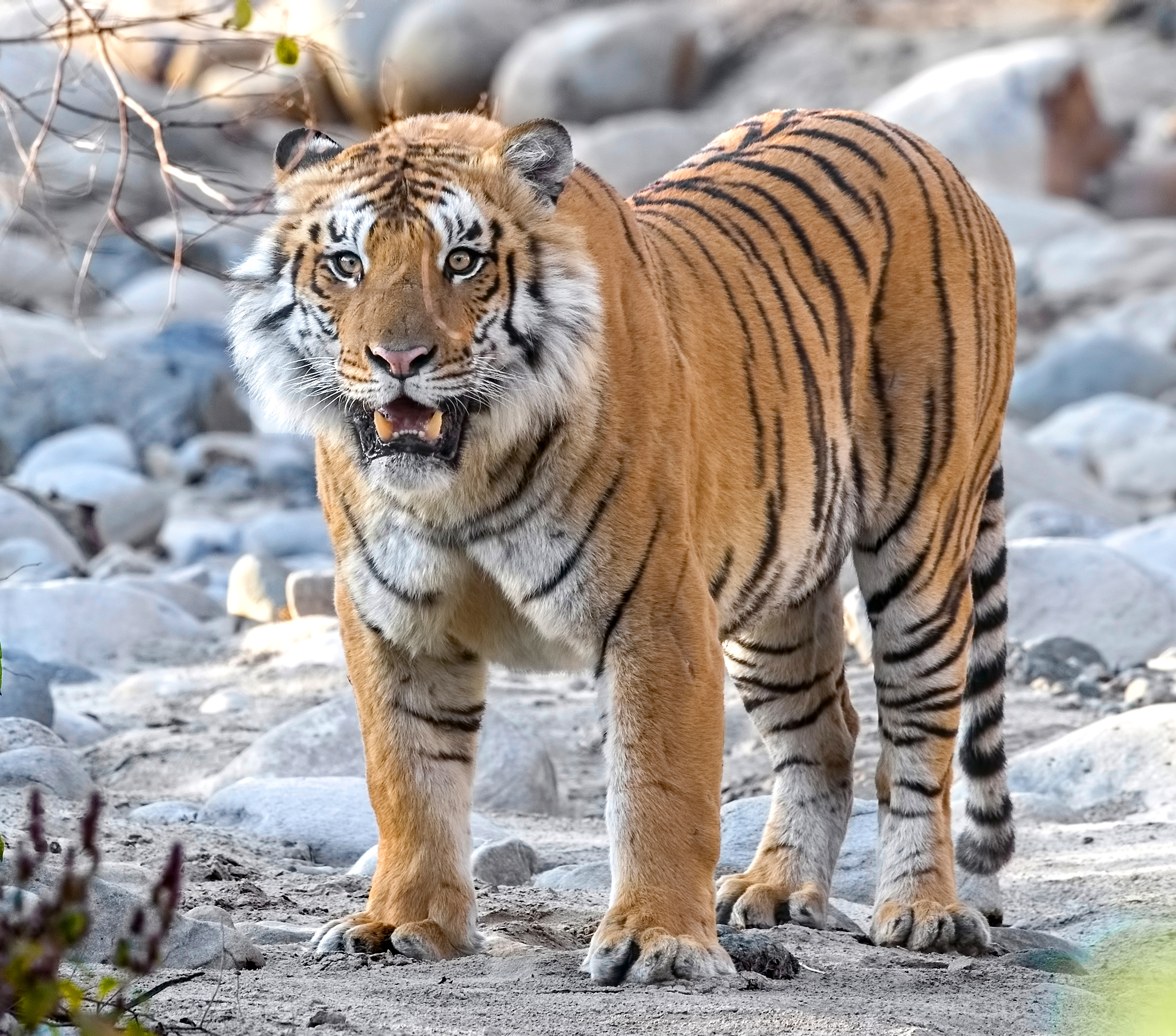
Rising Conflict
As prey animals move into village areas to graze on crops, the tigers follow them, leading to human-wildlife conflict. Traps set by villagers endanger the lives of these animals. The hunt for food also results in farm animals being taken by tigers and other predators, leading to further animosity among humans.
With shrinking habitat and food scarcity, tiger-tiger conflict also rises. Tigers are territorial animals and so when their territories are threatened, fierce fights ensue.
When the tigers and their prey have accessible water sources, the risk of conflict is greatly reduced, better ensuring their survival.
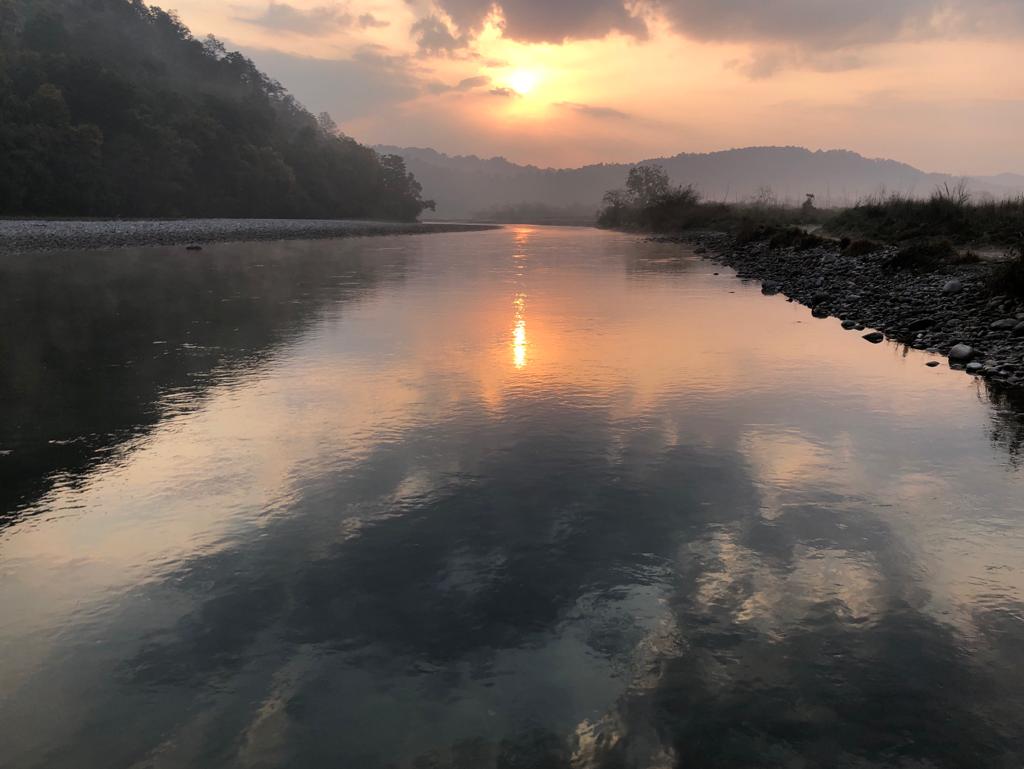
Rising Sea Levels
The mangrove forests of the Sunderbans are home to the endangered Royal Bengal Tiger. According to the report in the Journal Science of The Total Environment by Australian and Bangladeshi researchers, 70% of the land is just a few feet above sea level. The study says that by 2070, the remaining tiger habitats in the region will be completely wiped out. The rise in sea-level rise may have a substantial negative impact on tiger habitats in this low-lying area.
In 2010, a study by the World Wide Fund for Nature predicted that a sea level rise of 11 inches could lead to a decline in the number of tigers in the Sundarbans by about 96% within the coming decades.
Studies show that rising sea levels cause salt water to migrate into fresh water, contaminating water bodies that are the primary source of drinking water for wild animals, including tigers. Tigers must find new freshwater sources and move to higher ground, escalating conflicts with communities living there.
Project Aquarius – A Water for Wildlife Initiative
Project Aquarius, our Green Brigade project, aims to reduce the problem of water scarcity for wild animals. If tigers have an adequate supply of drinking water at accessible locations, it can benefit them in numerous ways, from helping them stay in the best of health to reducing the possibility of human-animal conflict by ensuring that they do not stray out of their habitats and into human settlements in search of water.
We need all the help we can get to keep Project Aquarius going strong and doing our bit for wildlife conservation in India – get in touch if you’d like to support us!
EARTH BRIGADE FOUNDATION:
Email: director@earthbrigadefoundation.org
